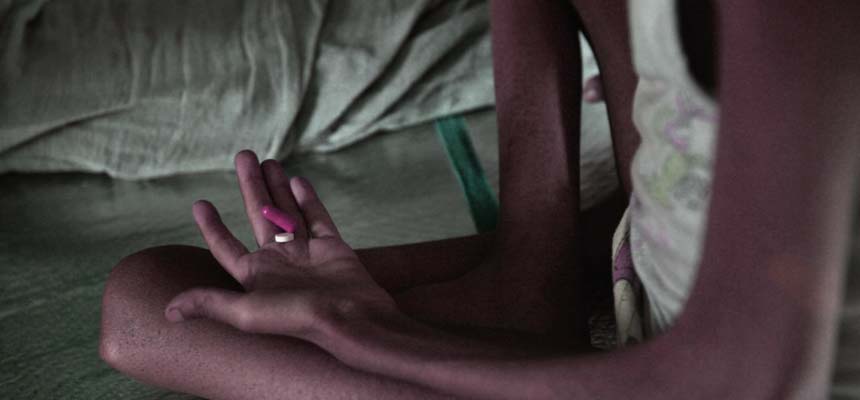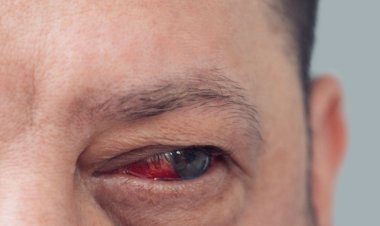Childhood Tuberculosis needs to be lifted out of the shadows

Dr. Ankit Parakh, Consultant, Pediatric Pulmonology, BLK Super Speciality Hospital talks about the challenge in handling TB in children.
Tuberculosis (TB) is common infection in India with an estimate of 2.8 million new cases of tuberculosis in 2016. Children constitute approximately 6-7 % of the total tuberculosis burden. Around 4.5 lakh people died due to TB in 2016.
Infection with Mycobacterium tuberculosis usually follows exposure to a person with TB who is coughing; infection occurs when TB bacilli are inhaled into the respiratory system. The likelihood of becoming infected following the exposure is greatest when there has been close contact with an infected person (for example, in a household) and if the infected person has sputum smear-positive pulmonary TB. However, transmission can also occur from persons with smear-negative, culture-positive pulmonary disease. Hence, TB can easily affect children from adult contacts. It can also spread rapidly especially in young children.
 Although TB disease is more prevalent in the under-privileged society and also known as a poor-man’s disease, it is even seen in the affluent population as well.
Although TB disease is more prevalent in the under-privileged society and also known as a poor-man’s disease, it is even seen in the affluent population as well.
TB in children is a critical issue and it continues to be a neglected health concern in countries due to the non-availability of an explicit diagnostic tool to detect TB among them. Every day, according to WHO, out of 200 children suffering from TB 3 lose their lives and nearly 5, 50, 000 children become ill with TB each year. Among these 70–80% of children with TB, have the disease in their lungs (pulmonary TB). The rest are affected by TB disease in other parts of the body (extrapulmonary TB).
Risk factors for TB infection and disease in children is highest for those living in high TB endemic communities, families living with HIV/TB, contact with parents who are also suffering from TB, low nutritious food, medically underserved populations, repeated exposure to the germs can put one into the risk of getting TB.
Manifestations of childhood tuberculosis in children are persistent fever, poor appetite, malaise, loss of weight and persistent cough. Older children can also have expectoration and blood in sputum. Increase in size of lymph nodes in the neck is also a common manifestation of TB in children. Other rare manifestations include seizures, headaches, swellings in joints etc.
The mainstay of diagnosis of TB in adults has been the examination of sputum. Since children do not bring out sputum the diagnosis of TB has been difficult in young children. The diagnosis in children in based on the clinical symptoms as detailed above in association with findings on chest xray. Since these are sometimes vague, over diagnosis and under diagnosis are very common. A lot of children are erroneously treated with antibiotics and diagnosis can be delayed. On the other hand many children with other respiratory like asthmatic gets TB treatment. As a result the poor child continues to suffer.
Currently there is a lack of effective diagnostic tests that can detect TB in children, child-friendly drug formulations for treatment and care for children with TB and/or those in contact of someone diagnosed with TB.
There is a greater need of awareness of regarding the symptoms of TB in the public. Children need a proper and a prompt diagnosis. Children with an adult contact in the family need to be screened for TB.
There is an increased need for child friendly drug formulations. Therefore, public attention, prioritization, commitment and funding for this disease is needed and will help to make India TB free.
For Appointments : Dr. Ankit Parakh, Consultant, Pediatric Pulmonology, BLK Super Speciality Hospital

 Disclaimer: Welthi.com does not guarantee any specific results as a result of the procedures mentioned here, and the results may vary from person to person.
Disclaimer: Welthi.com does not guarantee any specific results as a result of the procedures mentioned here, and the results may vary from person to person.









